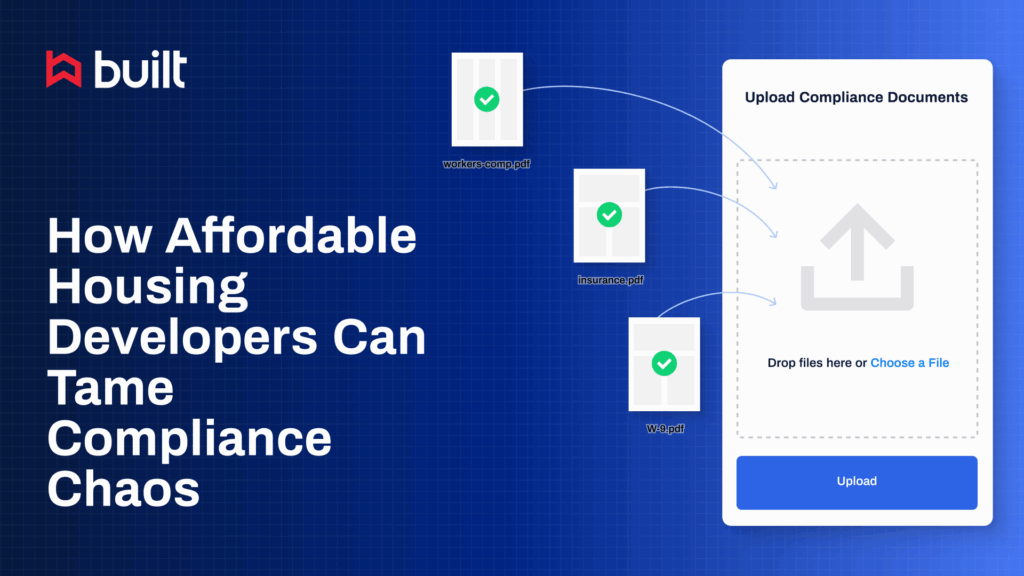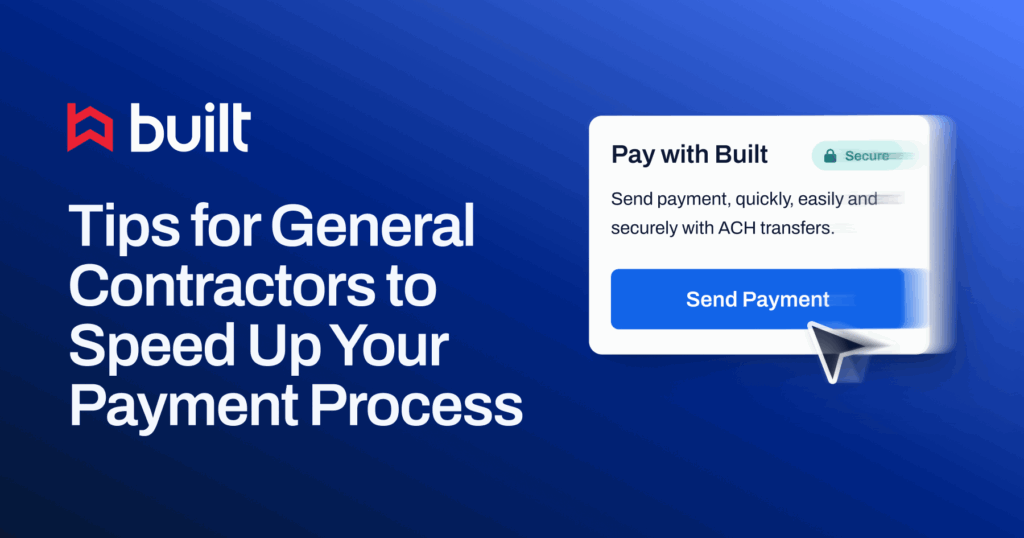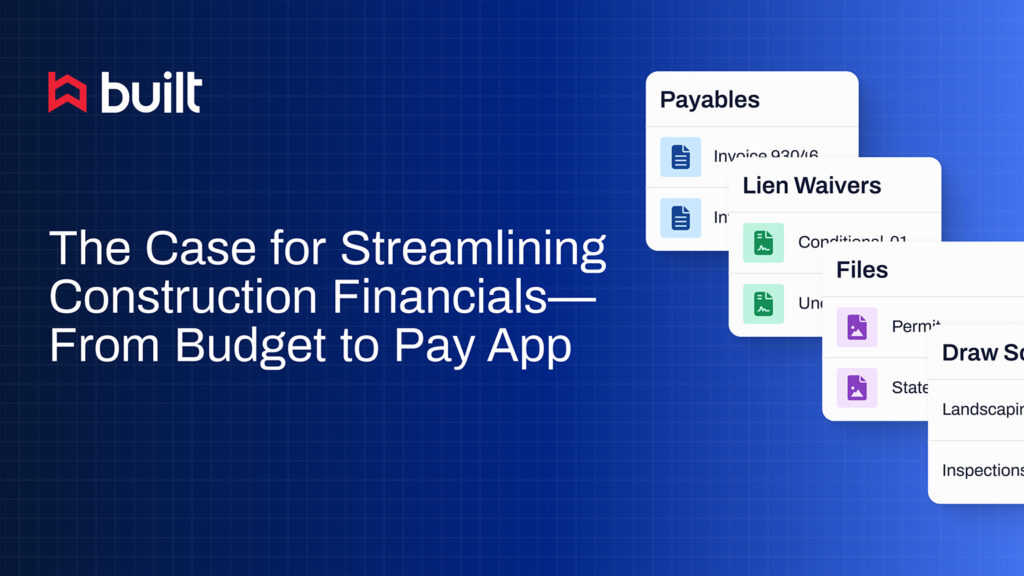
Fixed vs. Time and Material Pricing: Which Model Is Right for You?

When pricing out a construction project, the fixed vs. time and material pricing debate will likely come up, but there isn’t always a clear choice between the two. The project’s scope, difficulty level, and timeframe all play a role in the right pricing structure for a project, and making the wrong decision could lead to poor financial outcomes for all parties involved.
After all, risk can shift between the owner and the contractor depending on the model, and there could be a clear winner and loser if the wrong model is chosen. So, it’s in everyone’s best interest to feel confident in the pricing structure from the get-go.
Let’s break down the difference between fixed price and time and material pricing, and explore how to make the right choice.
Fixed pricing model
In a fixed price contract, the contractor agrees to complete a project within an approved total cost. Many project owners appreciate the fixed price approach because of its predefined costs and timelines—and the contractor shoulders more risk. If the project scope is well-defined and change orders are kept to a minimum, the price shouldn’t vary from the agreed-upon price at the project’s start.
For an example from a general contractor’s perspective, let’s say a new construction project uses a fixed price model. The entire project scope will need to be thoroughly outlined and estimated. This includes not only the contractor’s administrative and management costs, but all of the trades such as electrical, drywall, HVAC, framers, roofing, parking lot, site security, and more. The cost of materials will need to be factored in with potential price escalation clauses, and a detailed project timeline will also need to be included.
Typically, billing against this contract model is based on percentages of work completed. Often, fixed price contracts will include incentives for meeting specific milestones and potential bonuses for early completion. This pricing model requires less administrative work because it doesn’t require detailed invoices to owners. The price is defined and agreed upon before the project begins.
Time and material pricing model
Time and material pricing is a method of billing the project owner based on hourly labor costs and the price of materials used. Usually, hourly rates, costs for using equipment, markups for any subcontractors, and materials are agreed upon ahead of time.
This pricing model is typically more fluid than a fixed price one. Similar to a fixed price contract, a time and material pricing model would still require the entire project scope be built out ahead out time. However, the project would need to be broken into phases. The contractor and project owner would meet every time a billing is submitted to review the time spent and materials used.
This model takes a much more granular approach to managing a project. It requires thorough tracking and a detailed invoice breakdown of costs. Every time the contractor bills the owner, they need to show exactly what hours were spent, who spent them, and what work was accomplished. These details enable the project owner to know exactly what they’re paying for and where the project stands.
With all the time it takes to create such frequent, detailed invoices, administrative costs can be higher with this model. Yet, many project owners like this model because they’re only paying for the actual materials and time spent on the project. Plus, they have more visibility into the project status and associated costs along the way.
Fixed vs. time and material pricing: Making the right choice
Every project and business is different—and there’s no one-size-fits-all pricing model. Nevertheless, there are considerations to keep in mind.
Fixed price contracts simplify bidding but require precision in estimating. Finishing under budget can result in higher profit margins for the contractor, but one setback or tweak during the project can eat into those profit margins. The bigger the project, the more financial risk if anything goes off track.
Time and materials pricing might be the way to go for projects where the scope of work isn’t precise. By agreeing upfront on hourly rates, the owner is paying for the work completed and materials used. If project changes occur, there’s no financial impact on the contractor and no need to renegotiate.
Keeping track of the pricing model
Choosing the right pricing model is just the first step. Tracking time and expenses on a construction project is still key to accurately invoicing customers, paying subcontractors, keeping the project on schedule, and maintaining profitability. Still, timesheets, receipts from material purchases, and job documentation can be overwhelming to organize and turn into invoices. While the traditional tracking approach of spreadsheets and paper checks will get the job done, they can lead to lost time, efficiency, and momentum on projects.
Digitizing this process with software that manages your projects, documentation, and invoices can provide better transparency, organization, and reliability for project owners and contractors. Technology solutions that do all this, plus integrate into most accounting software and project management platforms, offer visibility into all the moving pieces of a project. They help everyone stick to the projected pricing model’s budget and timeline, no matter which model you choose.








